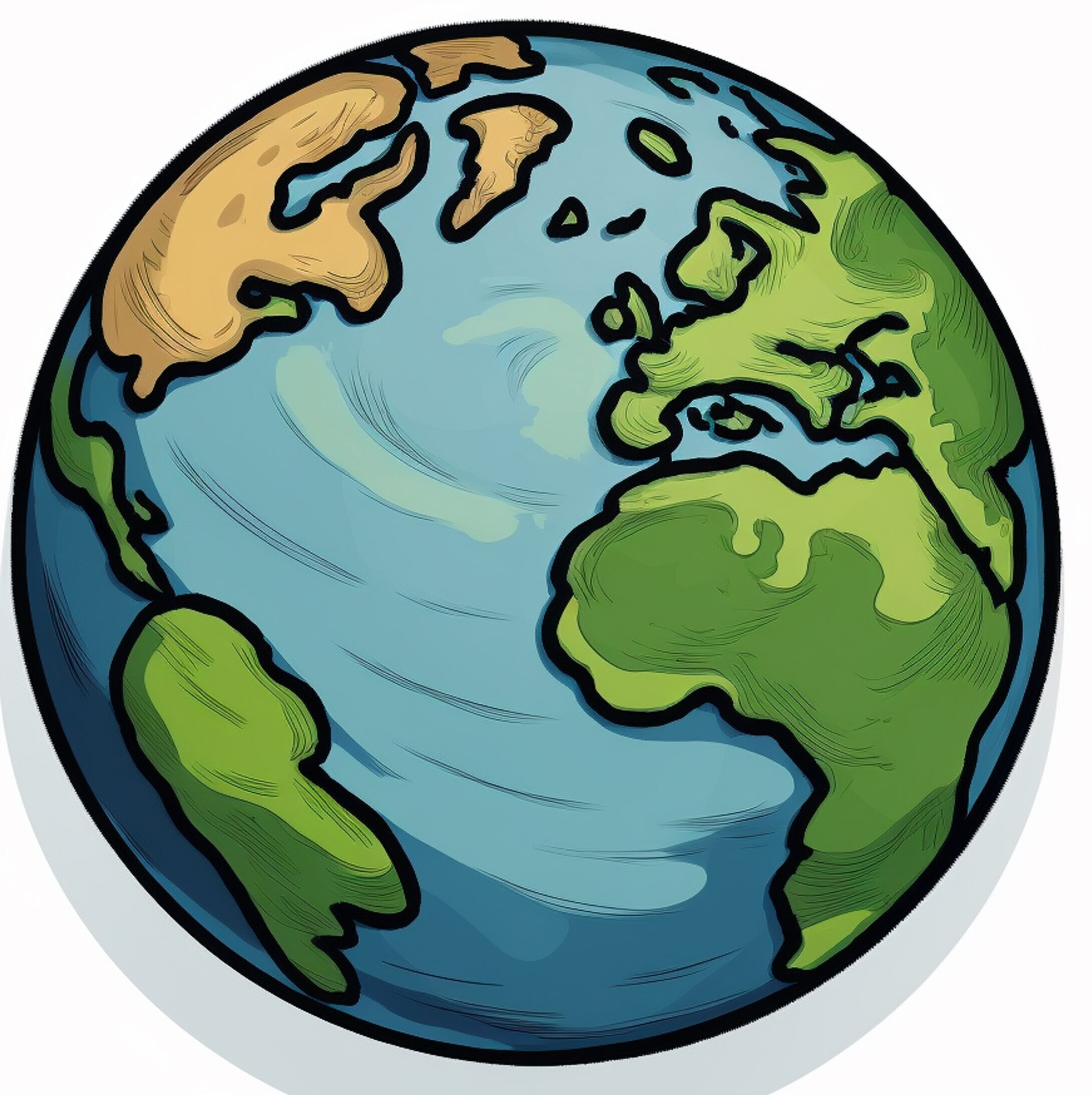In an age where climate change, pollution, and deforestation threaten our planet, one powerful and peaceful tool stands out—art. And among all forms of eco-art, Earth drawings have emerged as a vibrant and emotionally resonant way to express love, concern, and hope for our world. From children’s colorful sketches to professional murals, Earth drawings are not just art—they’re a statement.
What is an Earth Drawing
An Earth drawing is any artwork that centers on the planet Earth, its ecosystems, or environmental themes. These can range from simple crayon drawings of a smiling Earth in a child’s notebook to large-scale street murals promoting sustainability.
These drawings often include symbols like:
- Trees and forests
- Wildlife
- Human figures protecting the Earth
- Recycling logos
- Representations of climate threats (like wildfires or melting glaciers)
The goal? To communicate a message about saving the Earth or understanding our deep connection with nature.

Why Earth Drawing Matters Especially for Children
Children may not yet understand the full scientific scope of global warming or carbon emissions, but they instinctively feel the importance of Earth. Give a 5-year-old some colored pencils and say “Draw the Earth,” and you’ll often get a bright, hopeful world with trees, clean water, smiling suns, and happy animals.
This is powerful.
These drawings reflect the purest environmental vision—a desire for peace, beauty, and harmony. For educators and parents, Earth drawing can be an early gateway to:
- Teaching environmental values
- Encouraging creative thinking
- Building empathy for living beings
- Starting important conversations
By turning environmental education into a creative activity, we empower the next generation of Earth guardians.
Themes You Can Explore in Earth Drawings
Whether you’re an artist, a student, or someone who simply wants to reflect on the environment through art, here are some powerful themes for Earth drawings:
- Before and After
- Show a beautiful forest on one side and a deforested land on the other.
- Earth in Our Hands
- Draw human hands gently holding the globe, symbolizing care and responsibility.
- Green City vs Grey City
- Illustrate a clean, green city alongside a polluted, overcrowded one.
- Mother Earth
- Personify Earth as a woman, nurturing all living things.
- Healing the Earth
- Represent Earth with bandages, IV drips, or healing hearts to show recovery from human damage.
Tools and Styles for Earth Drawing
You don’t need expensive tools to draw the Earth. In fact, the beauty of Earth art lies in its simplicity and sincerity. Here are a few popular styles:
- Pencil Sketches – Minimalist but emotional. Great for dramatic contrasts.
- Crayon Art – Perfect for kids, with vibrant colors and symbolic expression.
- Watercolor – Soft textures, ideal for showing natural landscapes.
- Digital Drawing – Modern tools for animations, posters, and global campaigns.
- Street Art/Murals – Large public art that makes bold statements in cities.
Earth Drawing as a Form of Protest and Awareness
Art has always played a role in activism, and Earth drawing is no exception. Many artists now use their work to raise awareness about:
- Climate change
- Air and water pollution
- Endangered species
- Plastic waste
- Overconsumption
For example, the famous mural by artist Eduardo Kobra in São Paulo, Brazil, shows a vibrant Earth covered in tribal patterns—a reminder of both beauty and vulnerability.
Similarly, in schools around the world, students often draw melting Earths, choking animals, or trees being cut down—visual protests that speak louder than words.
Earth Drawing Contests and Campaigns
Organizations and schools often hold Earth Day drawing competitions, encouraging students and artists to create Earth-centric artwork. These events:
- Promote eco-awareness
- Build community around green values
- Encourage artistic skills
- Reward creative environmental thinking
Emotional Impact: More Than Just Colors
What makes Earth drawing truly special is not the skill—it’s the emotion. A simple child’s drawing of a crying Earth can move a parent more than pages of data about climate change. Why?
Because images trigger empathy. When we see a drawing of a suffering Earth, we’re reminded: this planet is not just a place—it’s home.
Earth drawings have a way of:
- Breaking through apathy
- Making abstract problems feel personal
- Inspiring guilt that leads to action
- Offering hope through visual solutions

